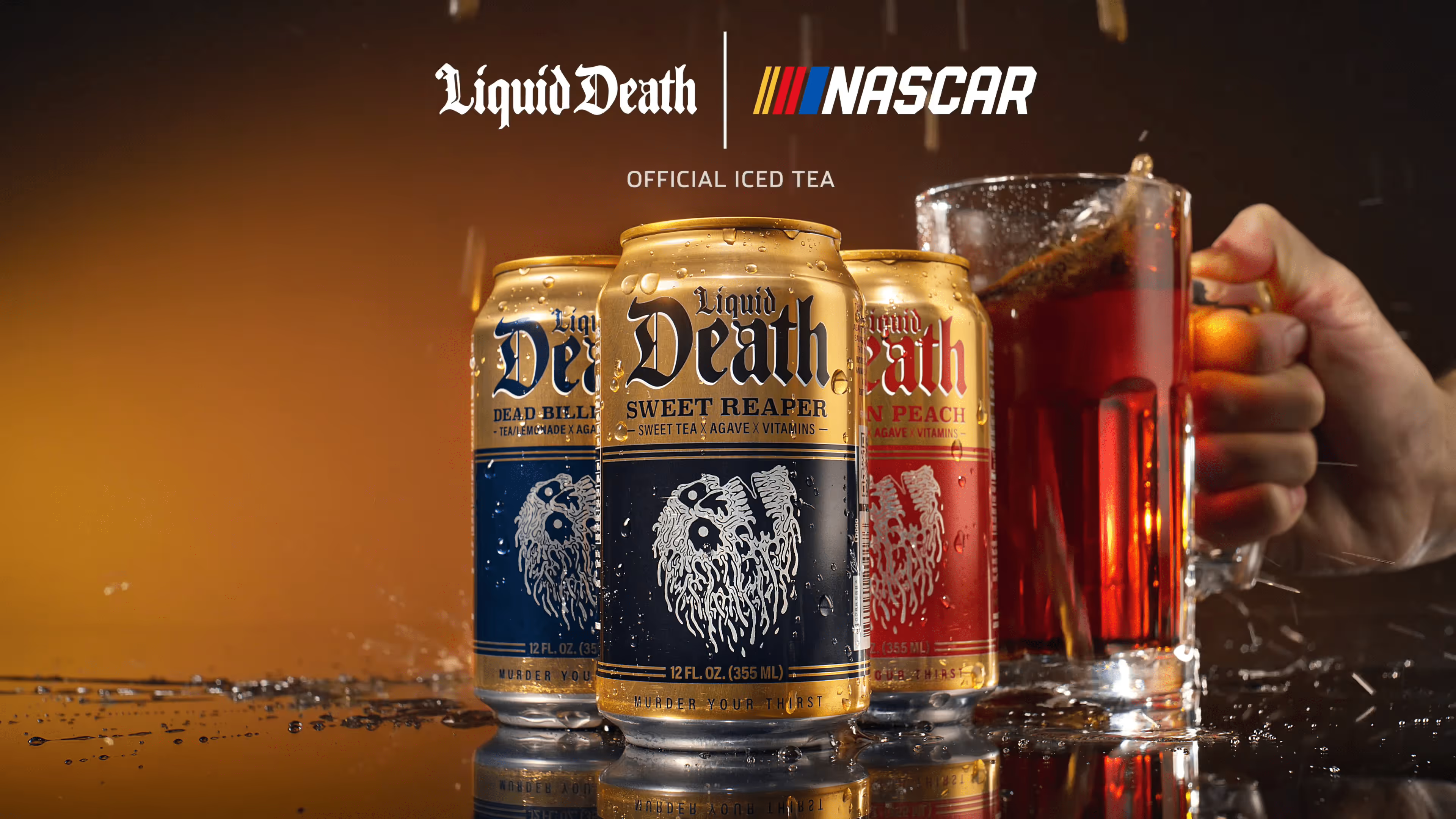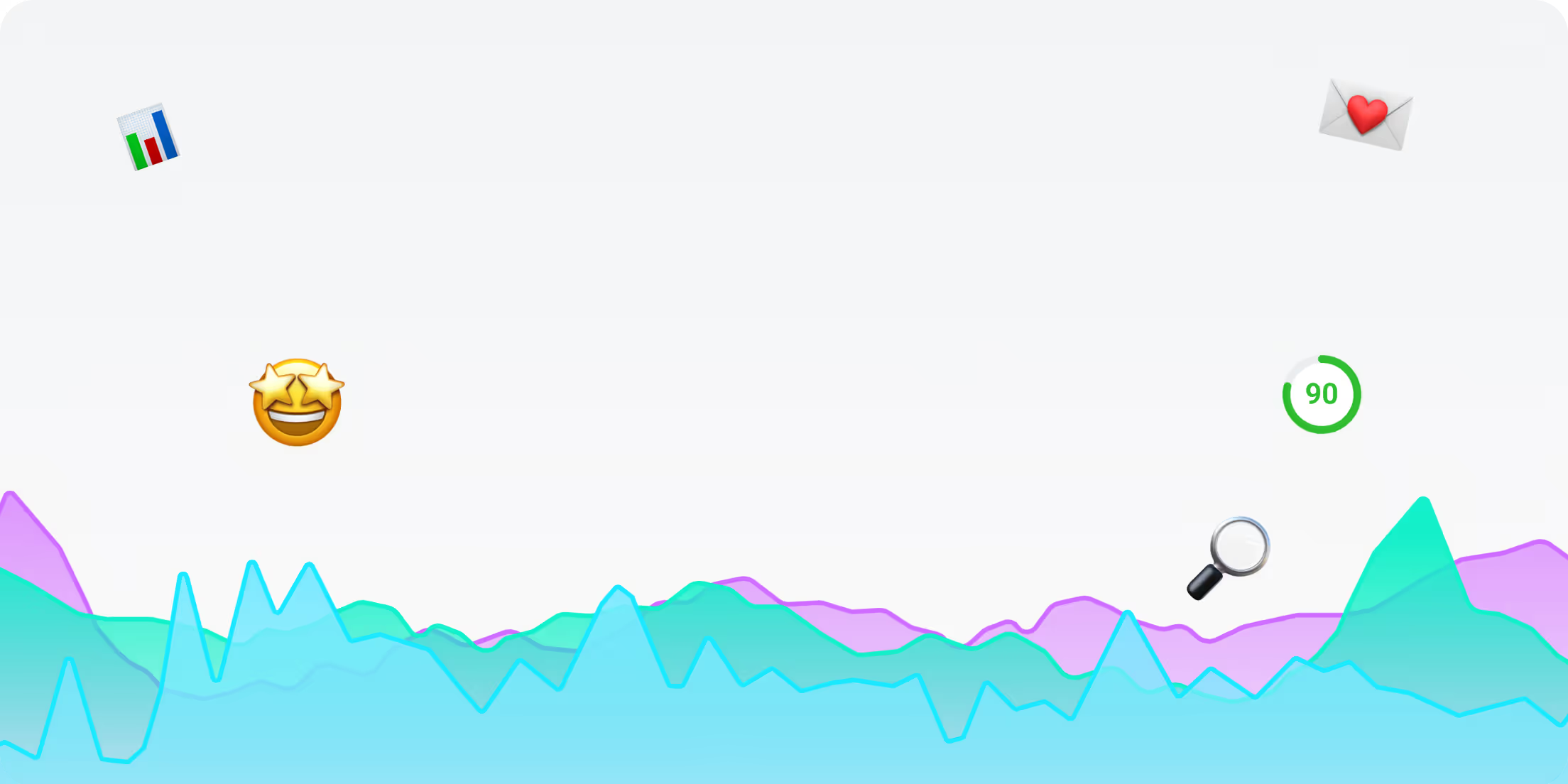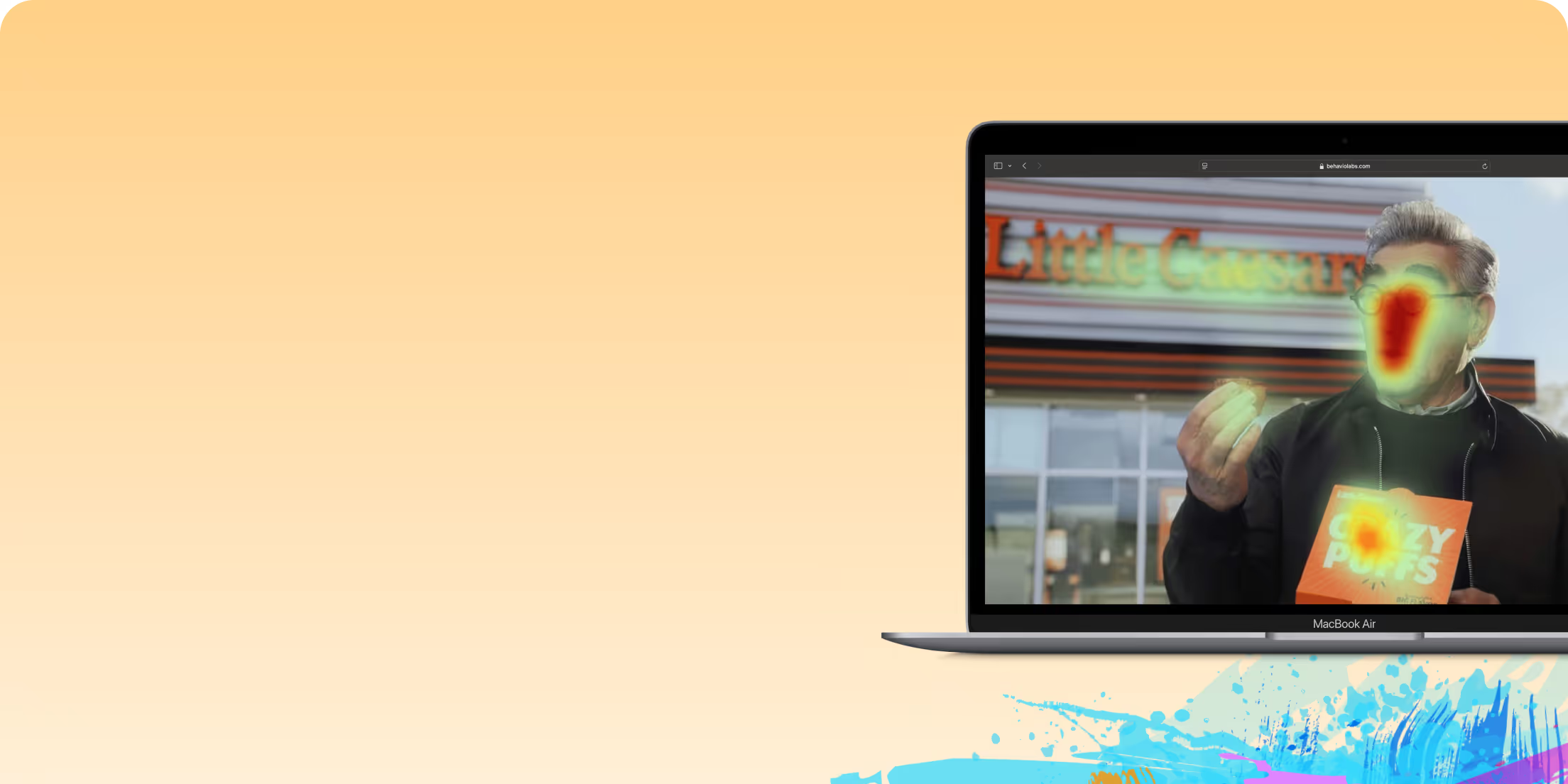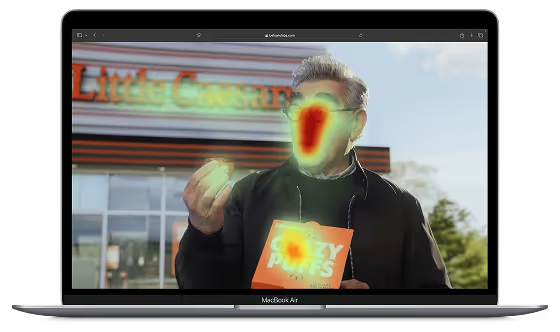While competitors showcase serene mountain springs and popular wellness influencers, Liquid Death features children appearing to chug beer at birthday parties, pregnant women seemingly drinking alcohol, and customers literally being shocked with tasers.
This strategy may sound outrageous, but it has resulted in a brand that has grown from startup to unicorn status in just six years, proving that subverting expectations can be more powerful than following the traditional playbook.
In this article, we’ll break down the psychological principles and behavioral science tactics that make Liquid Death’s rebellious marketing so effective — and what other brands can learn from it.
The spark: where the idea for canned water came from
Liquid Death founder Mike Cessario first saw the power of perception while working with The Warped Tour, a rock music festival that had been crisscrossing North America since the mid-nineties. He noticed concertgoers choosing to drink water from Monster Energy cans rather than risk looking uncool with a plain plastic bottle.
The solution was brilliantly simple: put water in cans that look like beer or energy drinks, then build a brand personality that makes hydration feel rebellious.
Building a brand on rebellion
Traditional water marketing follows a predictable formula: purity, nature, wellness, and crystal-clear imagery. Liquid Death deliberately breaks every single rule. Their Super Bowl commercial showed what appeared to be underage drinking and pregnancy drinking, which sparked anxiety that transformed into delight when viewers realized the product was only water.

Their "Blind Taze Test" campaign literally electrocuted critics who claimed their water tasted terrible. When haters left negative comments online, instead of ignoring them or responding defensively, Liquid Death turned the criticism into a three-album music collection called "Liquid Death's Greatest Hates."
Understanding the target audience
Liquid Death knows exactly who they're speaking to: Millennials and Gen Z consumers who are skeptical of traditional advertising and value authenticity, individuality, and rebellion. This demographic has been bombarded with marketing messages their entire lives and has developed sophisticated bullsh*t detectors.
By embracing crude humor, self-awareness, and deliberate controversy, Liquid Death speaks the language of digital natives. They understand that for younger consumers, brands need to earn attention through entertainment value, not demand it through repetition.
The brand also serves specific behavioral needs. Sober individuals can hold a Liquid Death can at parties without awkward questions. Teenagers get the social currency of appearing edgy without any risk. Energy drink consumers can make healthier choices while maintaining their image.
The science behind the madness
How subconscious associations drive buying decisions
Liquid Death understands that most of our purchasing decisions happen in the subconscious mind, where emotions and associations matter more than rational features.
The brand’s radical approach works because it creates what behavioral scientists call emotional salience — moments that trigger genuine emotional responses and embed the brand deep in memory.

Liquid Death has crafted associations that traditional water brands could never touch. Their skull imagery, “Murder Your Thirst” slogan, and heavy metal aesthetic create mental connections between their product and concepts like rebellion, authenticity, and edge.
When someone needs water, Liquid Death comes to mind not because of rational product benefits, but because of the emotional connection forged through entertainment.
Strategic collaborations to expand mental availability
Their collaborations with brands like E.l.f. Cosmetics (creating “corpse paint” makeup) and Yeti (designing a casket cooler that sold for $68,200) might seem random at first glance, but they serve a precise strategic function: expanding the brand’s mental availability. In behavioral science terms, mental availability refers to how easily a brand comes to mind in different buying situations.
This approach also plays into contextual priming: when people see a brand in one setting, it subtly primes them to think of it in related situations. By showing up in beauty, lifestyle, and even funeral-themed collaborations, Liquid Death becomes a brand that people relate with a bold, irreverent lifestyle.
Leveraging scarcity and social proof
The company also brilliantly leverages social proof and FOMO through limited editions and scarcity. Their drops often sell out within hours, turning each release into an event that fans scramble to be part of.
One example is their NASCAR campaign, which offers $30,000 to fans willing to wrap their cars in Liquid Death graphics. It’s a clever blend of user-generated content, grassroots promotion, and social proof — showcasing real people willing to become rolling billboards for the brand.

From a behavioral science perspective, this tactic taps into two powerful psychological drivers: scarcity bias and herd behavior. Scarcity increases perceived value by making a product feel rare and worth pursuing, while social proof signals that “people like me” endorse and enjoy it.
Final thoughts
Liquid Death's success offers valuable lessons for any brand willing to challenge category conventions. They've proven that entertainment can be more valuable than information, that controversy can drive conversation, and that subconscious emotional connections can often matter more than conscious rational benefits.
Their approach also demonstrates the power of a consistent brand personality across all touchpoints. Every campaign, collaboration, and communication reinforces the same core associations: irreverence, authenticity, and rebellion against corporate marketing.
Most importantly, they show that understanding your audience's deeper psychological needs can be more powerful than simply meeting their functional requirements.
Understanding how your brand lives in consumers' minds requires more than traditional surveys and focus groups. The subconscious associations that drive real purchasing behavior can only be measured through behavioral science methods that bypass rational thought and tap directly into emotional memory structures.
Ready to uncover what your customers really think about your brand?
Behavio's brand tracking uses advanced behavioral methods to measure the subconscious associations, emotional connections, and mental availability that predict actual buying behavior.
Discover how your brand compares to competitors and identify opportunities to build stronger emotional connections with your audience – request a demo!











.avif)








